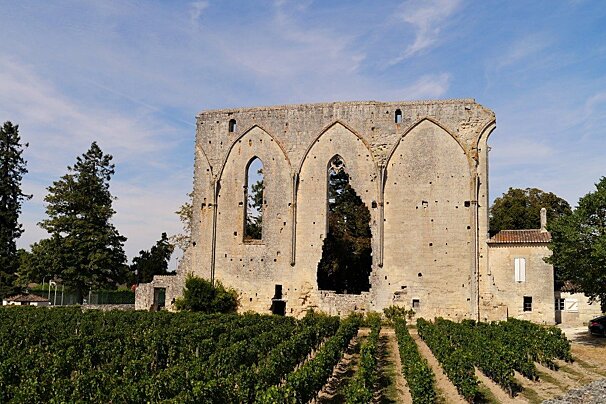
Les Grandes Murailles (The Great Wall), Saint Emilion
The great wall, or Grandes Murailles, is now all that remains of a once Dominican monastery that was built in the 12th-century.

© Chateau Grand Barrail

© Chateau Grand Barrail

© Chateau Grand Barrail

© Chateau Grand Barrail

© Chateau Grand Barrail
An elegant luxurious chateau surrounded by vineyards
One-of-a kind property, the 4-star, 19th-century Château is located in the right-bank area of Bordeaux, next to a medieval town. With Saint-Emilion’s most famous wine-producing châteaux at its doorstep, it is less than an hour drive to Bordeaux.
It offers gorgeous guest rooms, split between the château and its outbuildings, and a gourmet restaurant.
Indulge in the hotel’s spa, offering a comprehensive array of Cinq Mondes body treatments to relax you, pamper your body and delight your senses.
The Chef, Romain Gondras, serves innovative, mouth-watering cuisine matched with carefully selected Bordeaux’s fine wines to tempt every palate.

The great wall, or Grandes Murailles, is now all that remains of a once Dominican monastery that was built in the 12th-century.

Built between the 12th & 15th centuries, this church is one of the largest in Gironde. It's design is both Romanesque and Gothic, showing how it has been remodelled and renovated throughout history.
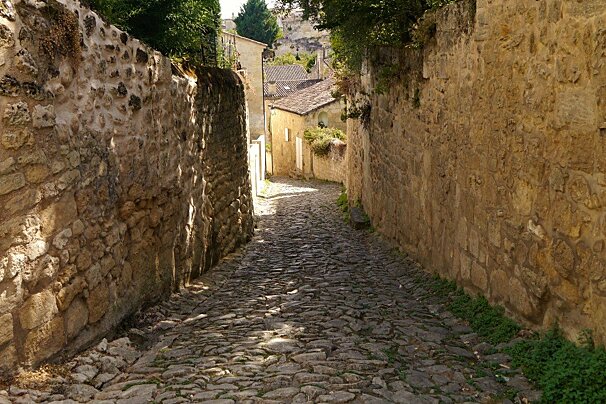
A 'tertre' is a hillock or mound of earth and Saint Emilion has successfully adapted itself by shaping the town around its 'tertres'.
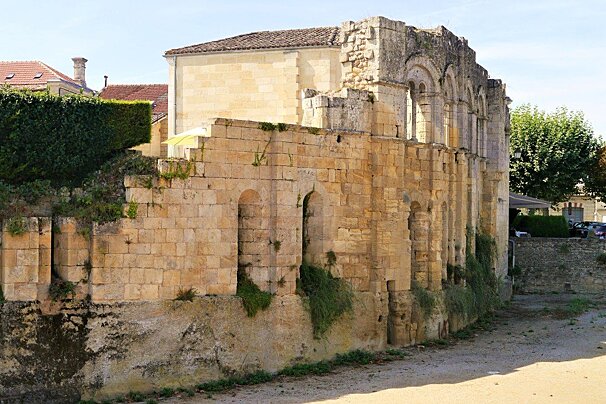
Gifted to Gaillard de la Mothe by his uncle Bertrand de Goth, Archbishop of Bordeaux, who later became Pope Clement V, the Cardinal Palace sits at the entrance to the city of Saint Emilion.

At 68 metres above the ground, looking down on the rooftops of the medieval town, take a deep breath and enjoy the 360° panoramic view of the most famous wine appellation.
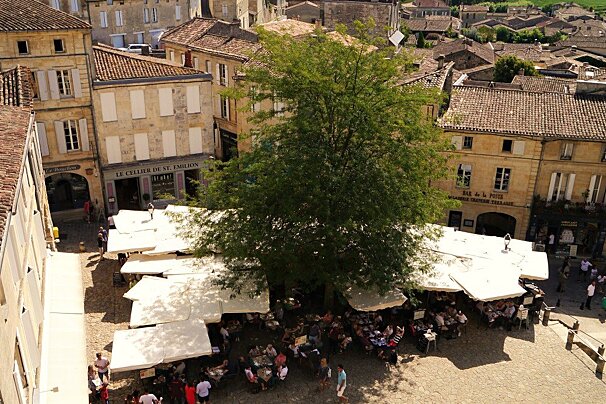
This square sits in the heart of saint Emilion and is home to the old market hall as well as the entrance to the Eglise Monolithe.
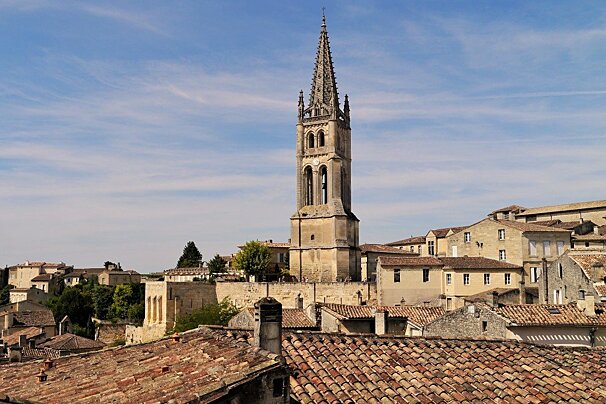
Vineyards were planted around this old town in Roman times and whilst most people associate the name with the wine, the town itself is worth a visit for its ramparted old centre with interesting Romanesque churches and an incredible underground monolithic church.

You get a sense of this town's history as soon as you arrive, with are flags and coats of arms lining the roads that lead you to the main square.

Sainte-Foy-la-Grande sits on the south bank of the Dordogne river. This attractive walled bastide town still has some of its medieval houses and is a good base for visiting the surrounding Sainte-Foy-Bordeaux wine region and nearby Château de Montaigne, home of Michel de Montaigne.
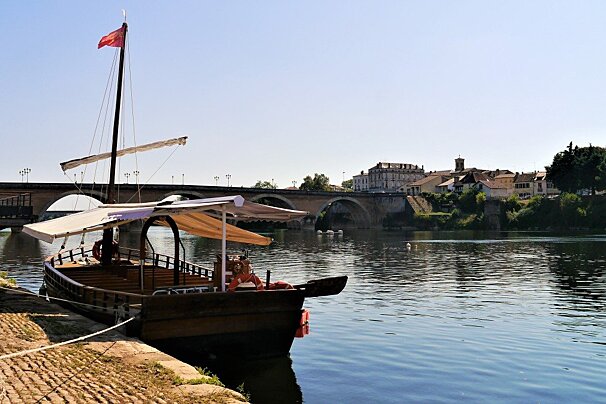
The largest town in the area, Bergerac, still retains a quaint old feel, with a change in pace in the summer months.

Very much a textbook bastide village, it's laid out in a grid fashion around a central square. Eymet, as it exists today, was founded by Alphonse de Poitiers in 1270.
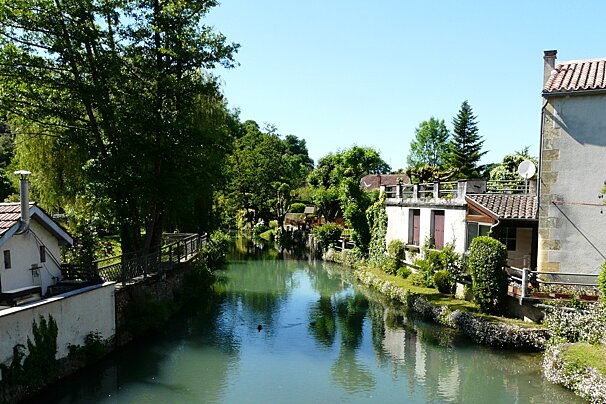
Couze used to be a paper-making village and a number of its old mills are still in existence, using the power of the Couze river to turn the water wheel.